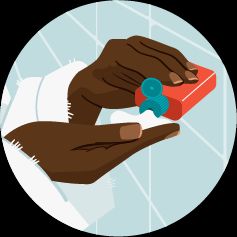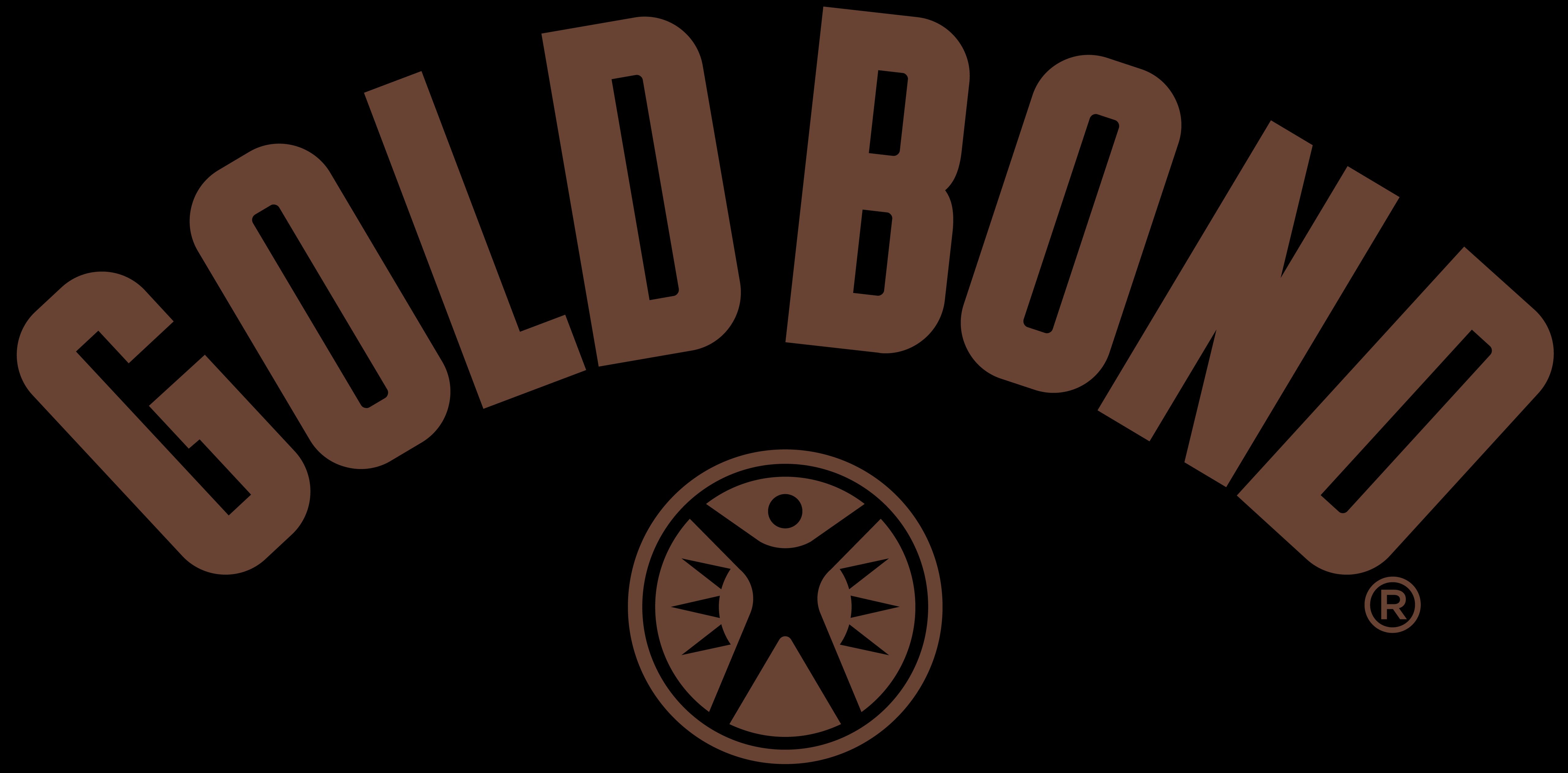Two types of eczema, asteatotic eczema and varicose eczema, appear most commonly on your shins and lower legs.
Eczema results in itchy and scaly skin that clusters in patches that look like rashes or bumps. About 10% of people in the United States will experience some form of eczema.
Learn how to identify symptoms of eczema on the shins, when to get medical help, and how eczema is diagnosed and treated.
Asteatotic eczema happens when your skin loses a lot of moisture. This can happen during long periods of dry weather. It’s more
Dry skin (also called xerosis cutis) can result in scaly patches that are more likely to develop this type of eczema.
Asteatotic eczema symptoms
This type can look like geometric scratches or fissures on your skin.
Other common symptoms include skin that:
- looks white or ashy
- flakes off
- feels uncomfortably stretched or tight
- feels itchy
- looks scaled or cracked
- looks inflamed and feels hot
Varicose eczema (sometimes called stasis dermatitis) can happen if you have varicose veins on your shins.
Varicose veins result from blood pooling in your leg veins and penetrating into the surrounding tissue. An immune system reaction causes skin inflammation and varicose eczema symptoms in these tissues.
Varicose eczema is more common
What does varicose eczema look like?
Symptoms of varicose eczema can include:
- rash that’s scaly and dry
- inflamed and shiny-looking skin
- hyperpigmentation of your skin to a much darker or unusual color
- pain or aching in your legs
- swelling in your ankles that’s relieved when you lie down
- a feeling of warmth in your legs
- cracks or crusting around affected skin
- blisters that open and ooze out fluid (weeping eczema)
- thickened skin that feels tender to the touch
Other types of eczema are common on other parts of your body, including the shins.
Contact dermatitis
Contact dermatitis happens when you have a reaction to a substance that causes irritation or an allergic reaction. Symptoms include:
- hyperpigmented skin that burns and stings
- hives that feel itchy
- oozing blisters that eventually become dry and crusty
- thickened skin after symptoms subside
Atopic dermatitis
Atopic dermatitis is a common type of eczema that happens when your skin’s outer barriers are weakened. This can result from dry skin, eczema triggers, or immune reactions. Symptoms include:
- rashes concentrated around where your knees bend
- affected areas becoming thicker or changing color
- bumps that ooze when you irritate them
- infections that result from scratching
Neurodermatitis
Neurodermatitis happens when you experience eczema symptoms from triggers such as stress. It’s more common if you have psoriasis or other forms of eczema. Symptoms include:
- patches of scaly, thick, and itchy skin
- itchiness that gets worse when you sleep or feel relaxed
- bleeding from skin that’s been scratched and irritated
Nummular eczema
Nummular eczema results in coin-shaped patches of dry and itchy skin. It’s often caused by irritation from insect bites, allergens, or other substances that trigger a reaction.
This type of eczema is most recognizable due to the round shapes of affected skin. These spots tend to be itchy and develop dry scaling.
Here are some pictures of different types of eczema to help you identify your symptoms.
Bacteria can get into cracks in the skin caused by eczema and result in infections. Symptoms that should prompt you to get medical help include:
A doctor may first ask you to keep a daily journal to identify what may trigger your eczema, including:
- what you eat and drink
- how long you spend bathing and how hot the water is
- chemicals in products that you use on your skin or clothes
- activities that might expose you to allergens, such as from plants or chlorine in pools
- activities that might cause you stress
An allergy patch test may also be recommended. This test can show how your skin reacts to substances that may trigger eczema.
Generally, corticosteroids topicals or injections are used to reduce inflammation and itching. Other treatments depend on the type of eczema you have.
Asteatotic eczema treatment
These include:
- topical moisturizers and other emollients to restore skin moisture
- calcineurin inhibitors to reduce inflammation
lipids to help keep your skin’s protective barrier strong- oral histamines to reduce itching during a flare-up
Varicose eczema treatment
Treatments for varicose eczema include:
- skin dressings doused in solution for weeping eczema
- compression stockings or boots to promote blood flow and reduce vein pressure
- antibiotic creams or ointments for skin infections
- therapies to help with blood flow, such as flavonoids or pentoxifylline
- ablation therapy for varicose veins (using heat and radiofrequency waves to block off a vein)
Contact dermatitis treatment
Contact dermatitis often goes away on its own, especially if you can keep yourself from scratching the affected skin. Treatments for persistent contact dermatitis include:
- using gentle soap and warm water to rinse your skin regularly
- avoiding exposure to your identified triggers
- petroleum jelly to keep the area moist
- calamine lotion or hydrocortisone cream
- oral antihistamines to reduce itching and allergy symptoms
Atopic dermatitis treatment
Treatments include:
- oral antihistamines for allergy symptoms and itchiness
- prescription immunosuppressants to reduce the immune system response that causes flare-ups
- light therapy to reduce immune system responses
- reducing stress to avoid triggering flare-ups
Neurodermatitis treatment
Treatments include:
- antihistamines for allergy symptoms and itching
- anxiety medications to help reduce stress or anxiety that triggers symptoms
- lidocaine or capsaicin patches for persistent itchiness
- Botox injections to reduce inflammation
Nummular eczema
Treatments include:
- avoiding specific triggers like clothing materials, certain soaps or shampoos, hot water, or stress
- hydrating your skin every day with a gentle moisturizer
- using unscented cleaning and laundry products
- antihistamines for itching and allergy symptoms
- prescription corticosteroid or pimecrolimus creams
- ultraviolet light therapy
Asteatotic eczema and varicose eczema are the two most common types you’ll notice on your shins.
Most cases can be treated with topical ointments or steroids. Contact a doctor if you notice bleeding, oozing, or infections that results in pain or unbearable itchiness and irritation.


